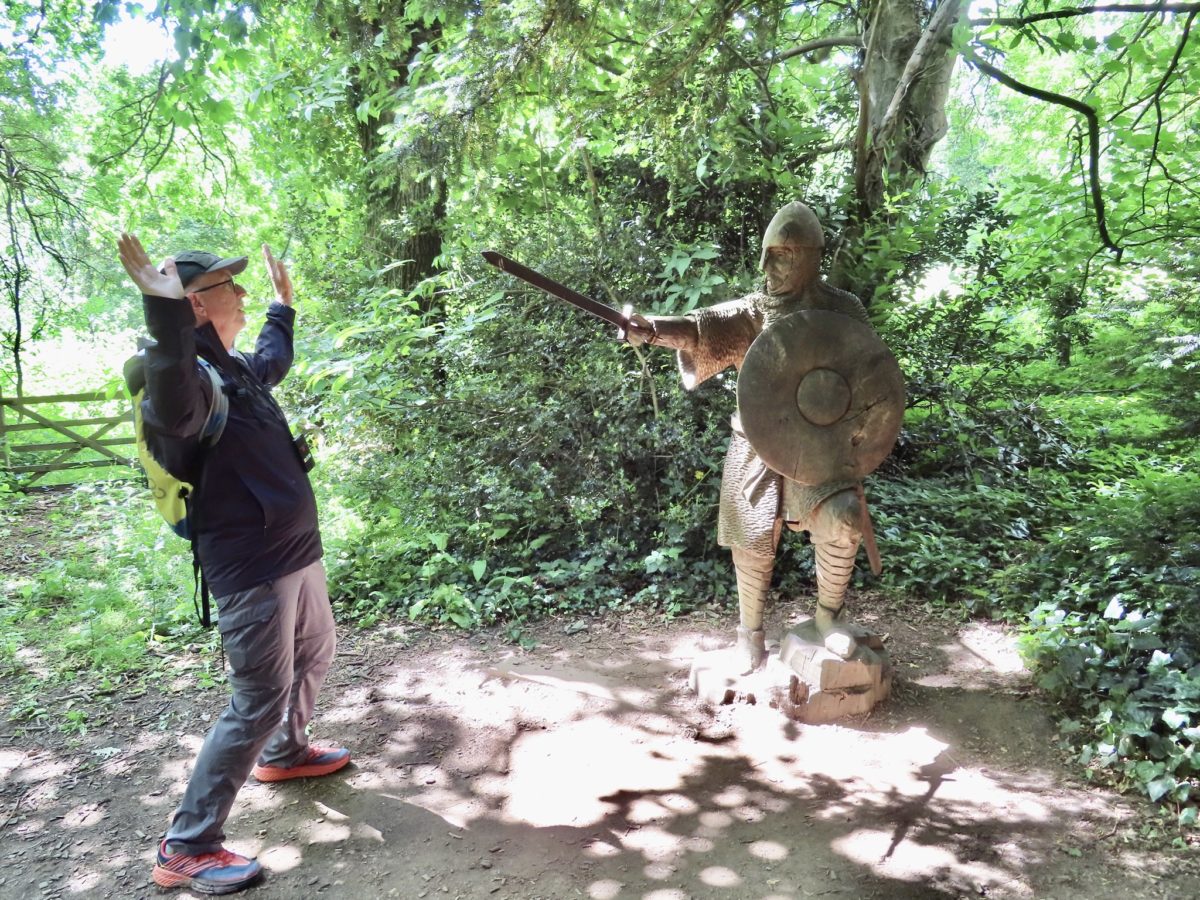Eastbourne is one point of an equilateral triangle with Hastings and Battle in southern England. Hastings is famous for 2 things (in my mind): the Battle of Hastings, and Foyle’s War. I was slightly interested in the former, and was determined that I needed to tour the Foyles War Museum in Hastings.

Bear is a nut…my bad, I meant history nut. The only fact I remember about the Battle of Hastings is that it happened in 1066. I was slightly aware that it happened just northwest of Hastings. It’s exact location is in the town of Battle. What are the odds of a major battle happening in a village named Battle? Pretty small. The founders were not soothsayers, they were, after the fact, opportunists.

We all agreed to head to Battle for a couple of hours and then we’d head to Hastings for the Foyle Feast. The National Trust operates the Abbey Grounds and battle sight of the Battle of Hastings. The entrance fee was nearly £30 per person. I was skeptical, but Bear was excited like a little kid on Christmas morning. Plus, he offered to pay, so I was onboard.
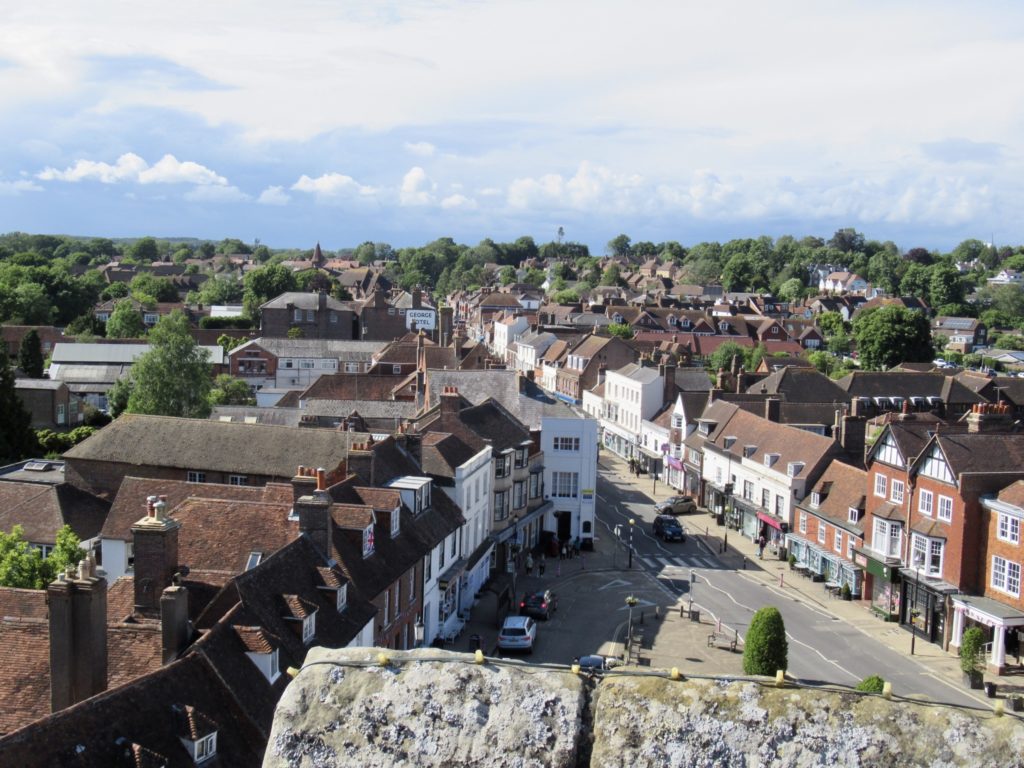
The only other time I have been as pleasantly surprised with a historical sight was Pembroke Castle in Wales. This was a fascinating look at a major historical event that has had lasting effects to the present. I was completely enthralled. Learning history in school is “eh” at best. Going to the actual site operated by distinguished volunteers taking the time to explain events and demonstrate things really brings it to life.
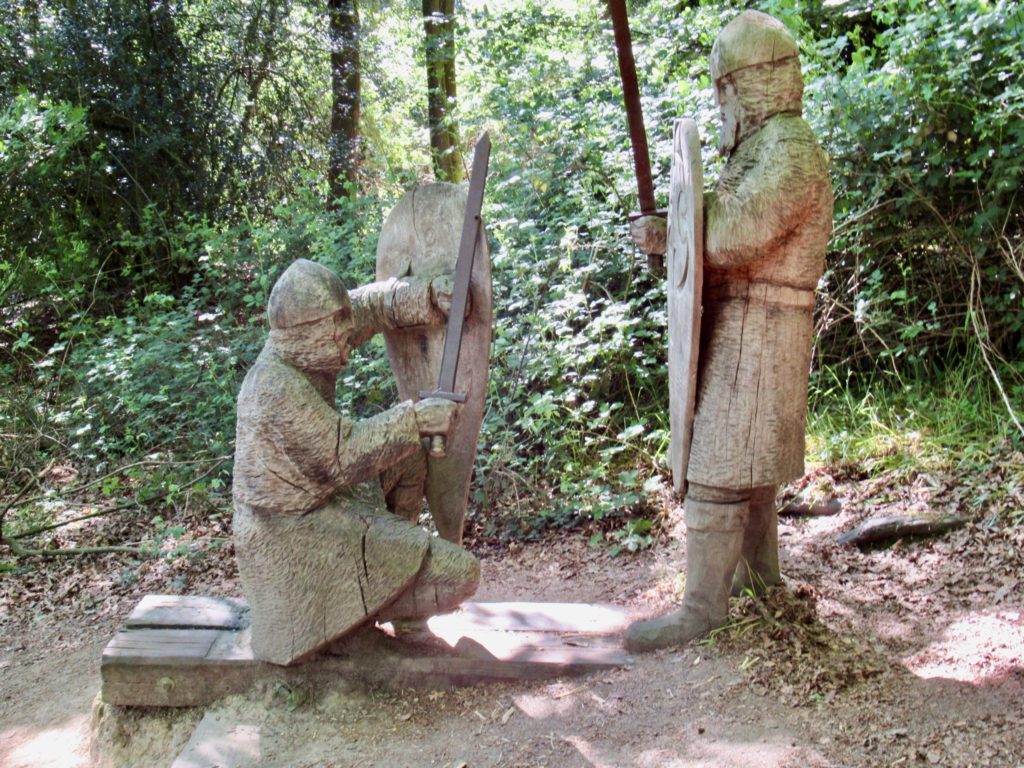
I’ll give a 10 cent interpretation. Edward the Confessor (“I did it”) was a weak king without an heir. On one of his flights from battle, he stayed in the Duke of Normandy’s palace and became enchanted with the Duke’s son, William the Bastard (not a name William liked—hence, he developed a bit of a chip on his shoulder). When the king (“I did it”) died, he entrusted the crown to young Harold to deliver it to William.
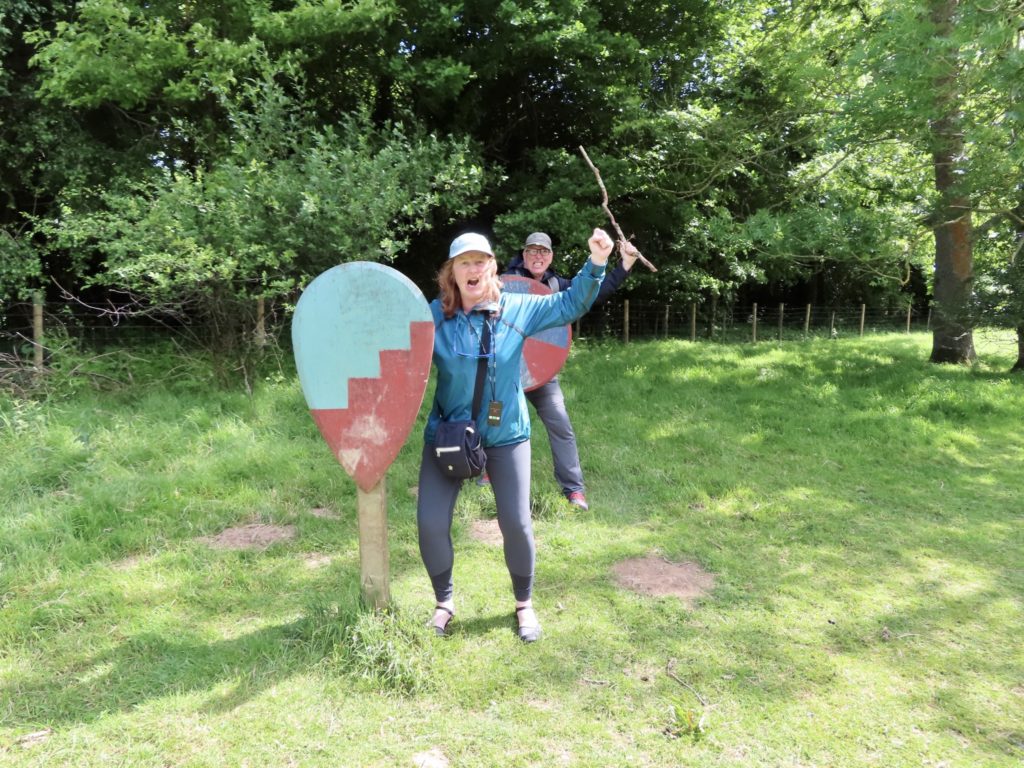
To Harold’s credit, he tried to deliver it, but he had the equivalent of a flat tire on his way to William. Since Tripple A was still 900 years from being invented, Harold used his strong family connections to the crown (his wife was second cousin to the former kings second wife who had been wife to another king somewhere else…as good as being a son to Edward (“I did it”).

Here’s where it gets confusing. Harold was knowledgeable, charismatic, good looking, and a natural leader that everyone liked, especially the aristocracy around the previous king (“I did it”). That part is hardest for Americans to grasp…”a young, charismatic, natural leader liked by all.” We have never seen anything like that in the US, and, quite frankly, can’t believe it exists outside of Canada. I guess, think Trudeau.
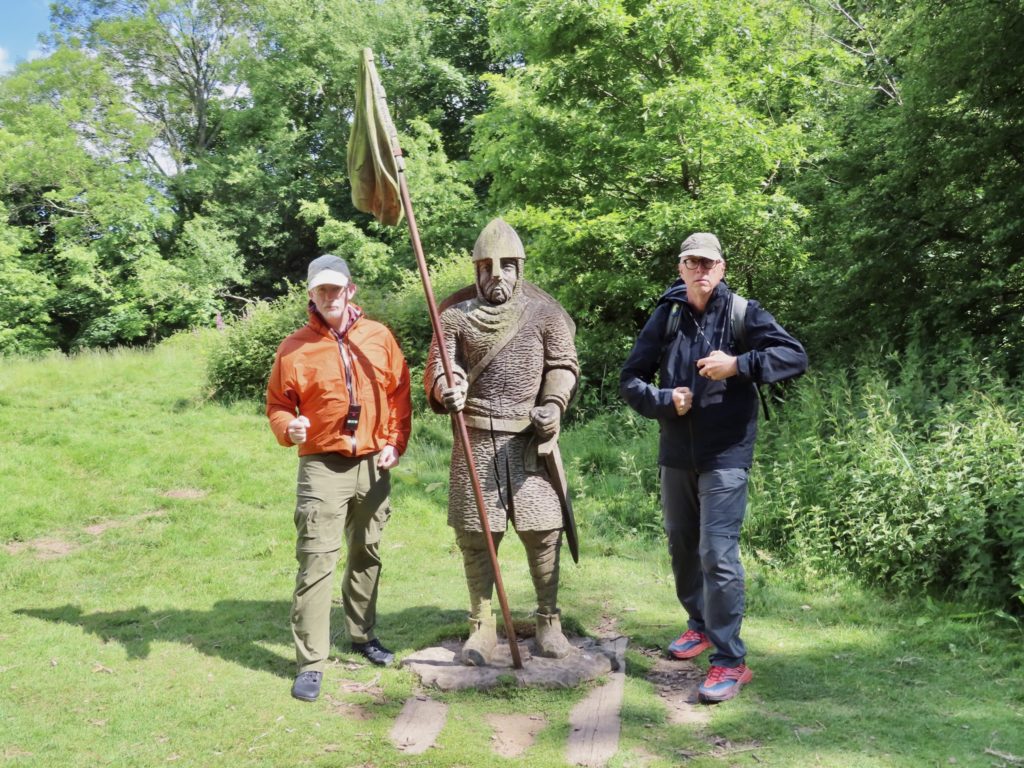
William was a rich, spoiled brat, feared by most (“call me a bastard, I’ll cut your hand off!”) who wanted more than half of France which was already his. He wanted England. It was his god given right. Now this is an identity Americans can understand. Instead of “call me bastard” replace with “throw fruit at me”. And replace “I’ll cut your hand off” with “I’ll have the Secret Service hospitalize you”. Yes, we have an original version of Trump.
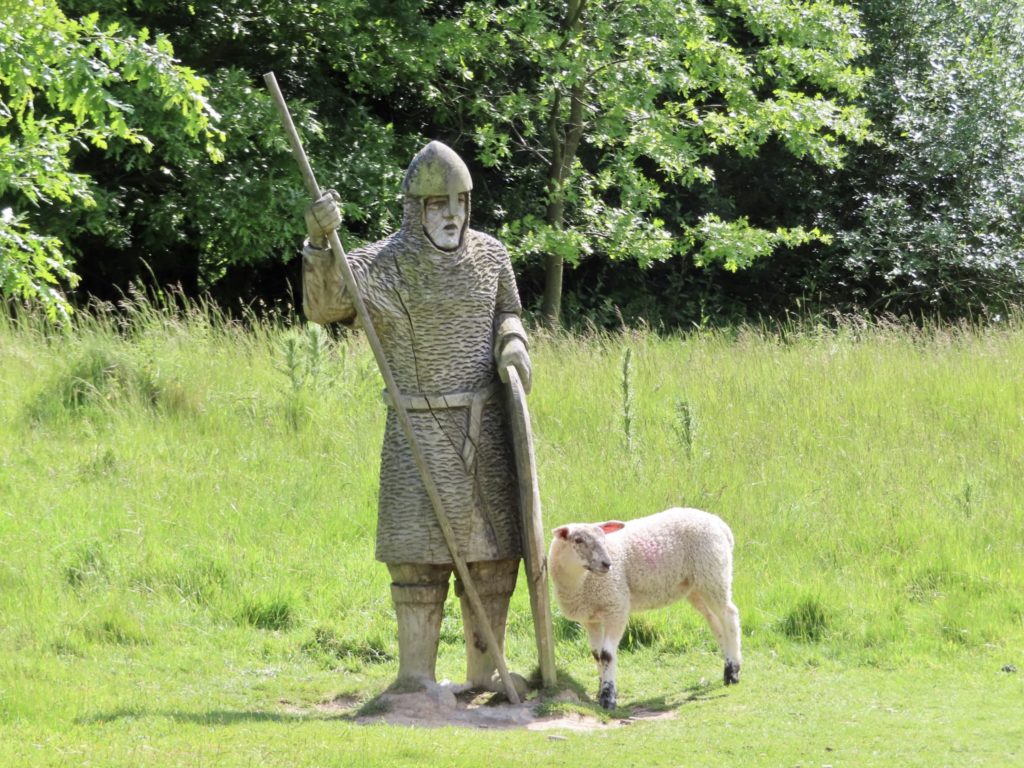
So the Bastard invade southern England with 10,000 men. England had a population of several million people at the time. Harold was valiantly and successfully fighting off another invasion from the north. William tried to goad Harold into a battle. With only 10,000 men, how could he hope to take over and control a foreign country. Here’s how. The Catholic Church was backing him. He was God’s anointed and Harold was a usurper. William started destroying Harold’s source of income by destroying his personal lands and villages.

Harold marched his 7000 men 200 miles south in about 48 hours. Don’t mess with a man’s income! He chose the battle line to be in an area with no name and no villages around. This area will one day be known as? Anyone. Anyone…Who said Battle? Gold star.
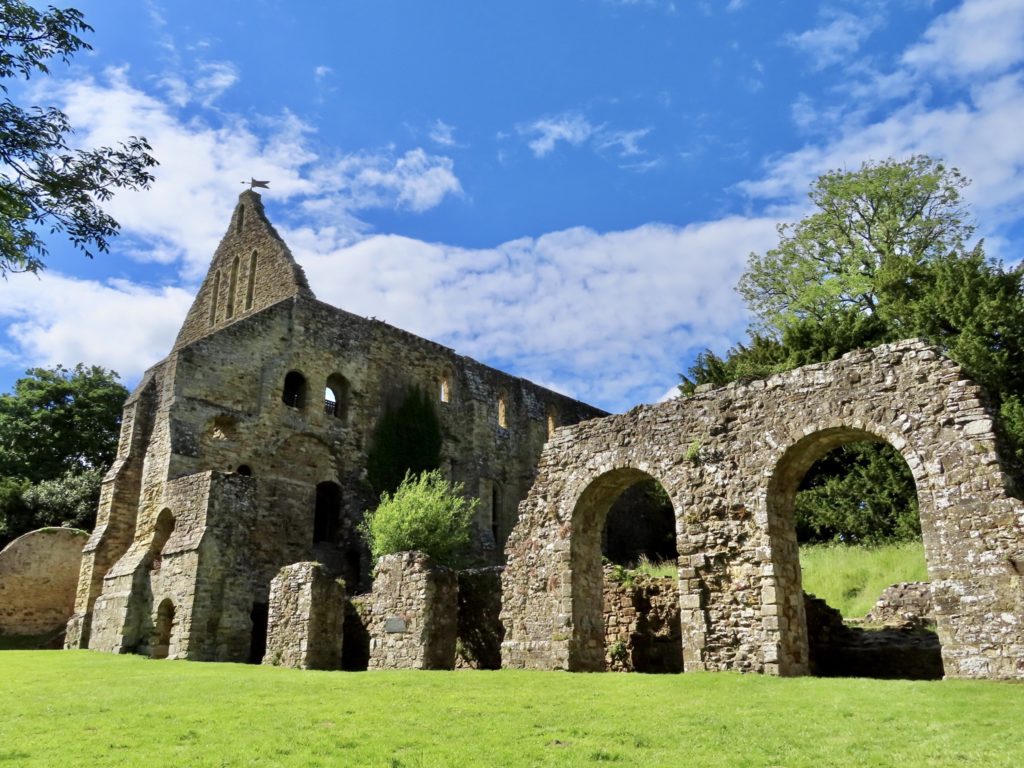
William drooled at an opportunity to fight and took it. Their army’s were pretty evenly matched at about 7000 each. Harold had superior position and support of the local aristocracy. In fact, they were almost ALL with him on the battle field.
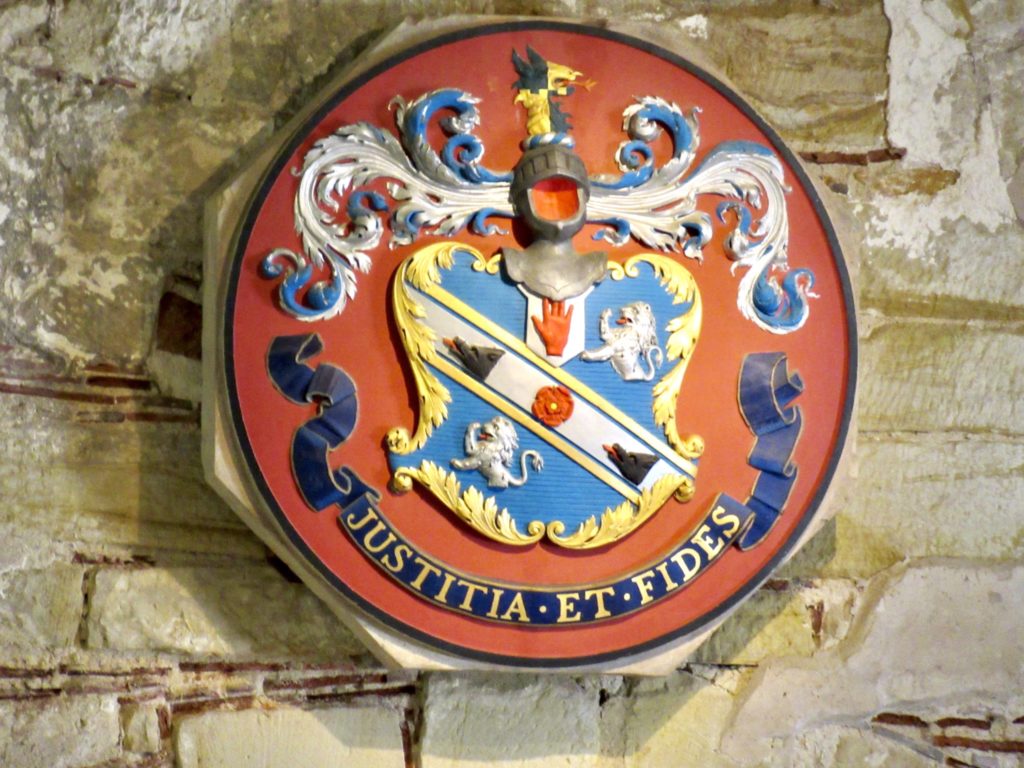
Harold had additional reinforcements on the way. All he had to do was hold out until dark and victory was his. William had no chance if he didn’t kill Harold on this day in this battle. The early fighting went to Harold. William couldn’t break through the English line. At one point, a rumor started that William was dead. Part of his line fled when they heard this. The English, excited by blood lust, stupidly broke ranks and followed. William’s Calvary intervened and killed every last Englishman that broke rank.
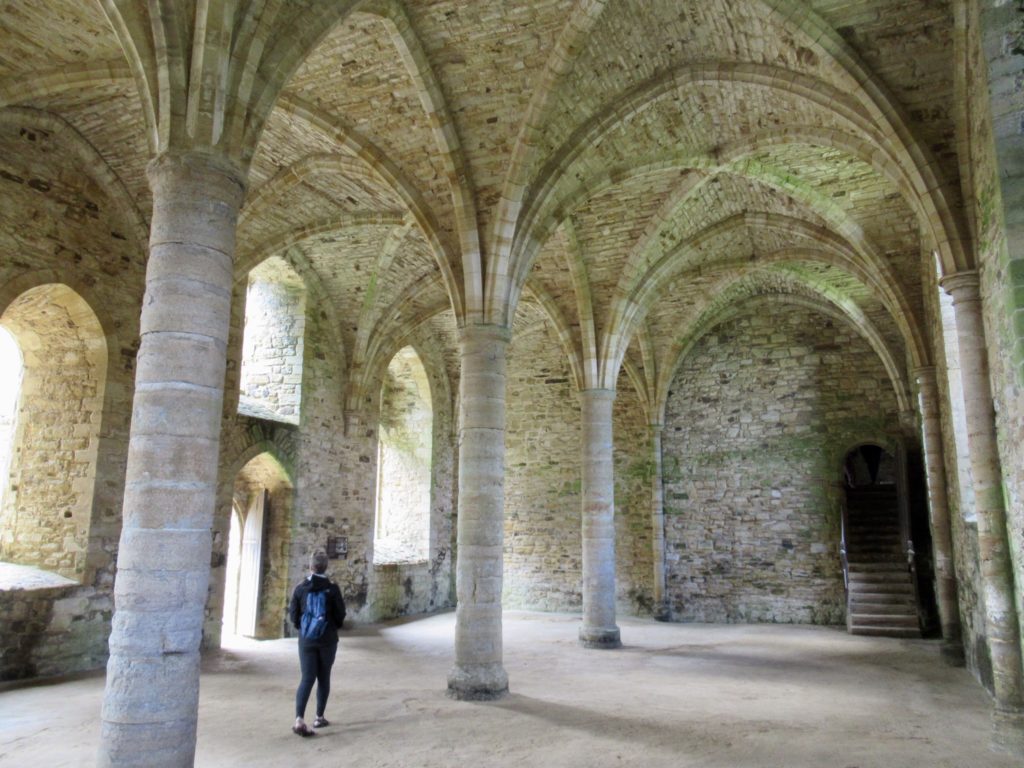
William saw this and developed an idea to let his men know he was still alive. He rallied his troops and tried the same maneuver on a different part of the line. It worked like a charm. When the English followed, they killed them all. Only, this time, Harold and his immediate guard filled the hole left in the line. Harold was trying to rally his troops.

Whenever the King goes somewhere, so does his banners. He’s letting his troops know he’s with them and fighting. Problem is, the enemy also recognizes the King’s banners. William got four of his best knights to go assassinate Harold where he fought. The four broke through the line. The first drove a spear through Harold and killed him. The second cut off his head to remove all doubt that he might still be alive. The third disemboweled him. What was left for the fourth to do? He cut off his genitalia and paraded them on the battlefield.
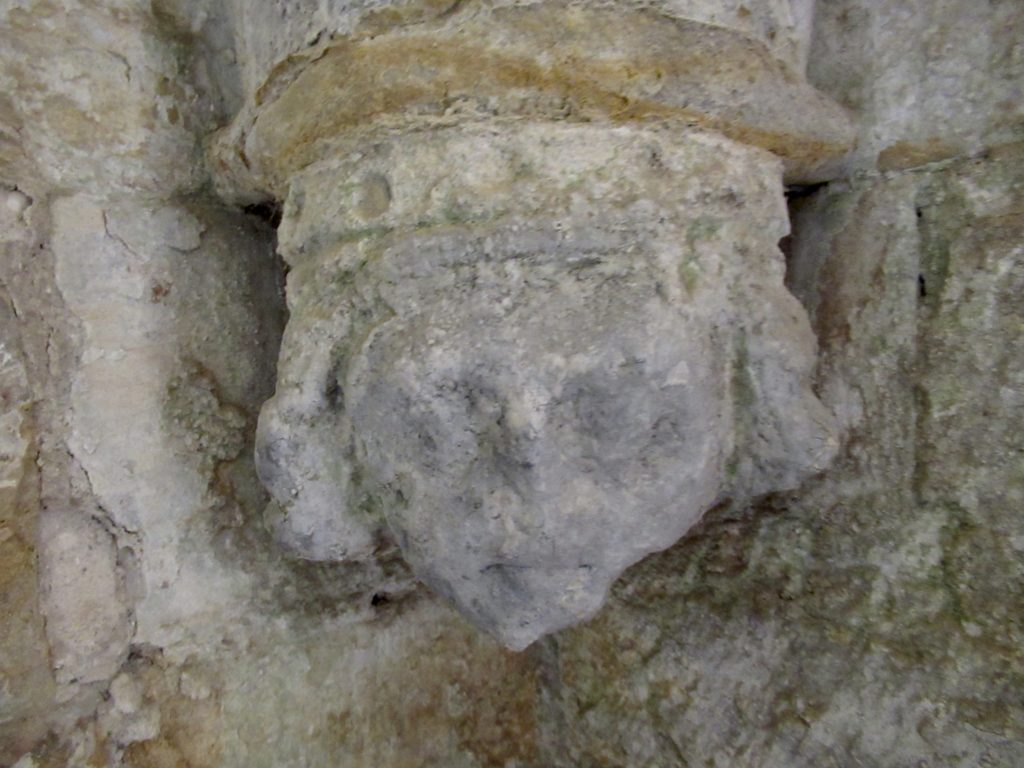
Kill a king…no problem. Disembowel him…if you must. Cut his balls off…you’ve gone too far. William won the battle, killed all the nobles who supported Harold and all the soldiers who fought for him, thus ensuring he was only surrounded by yes-men and ass-kissers and claimed the throne (the Trump analogy not quite finished).

The Pope was highly offended by the ball cutting. William must do penance. The price of salvation was to build a Cathedral on the site of the battle and an abbey. It was a very magnificent and beautiful compound which existed over 500 years until “Waa, waa, waa, I can’t get my way so I’ll tear it down”—Henry VIII.

Today, there’s a luxurious boarding school on the grounds in what used to be the Abbot’s house. The boot licker that got the complex from Henry VIII tore down the cathedral to please him and spruced up the Abbot’s palace trying to get Henry to visit. He never even came by and said thanks for doing my dirty work.
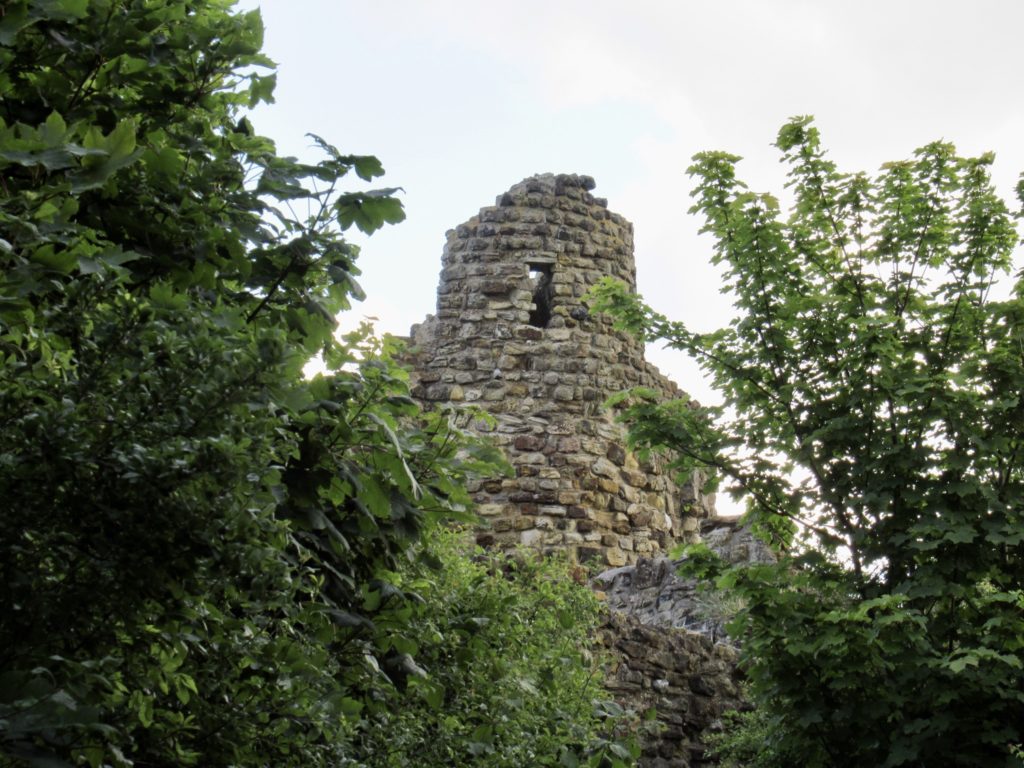
All in all, it was a very enjoyable day of watching history come alive. There’s an interactive audio circuit of the grounds. We were, very nearly, the last to leave the grounds at closing time. We caught the train back to Hastings so I could visit the Foyle’s War Museum (spoiler alert, we already found out the museum doesn’t exist).
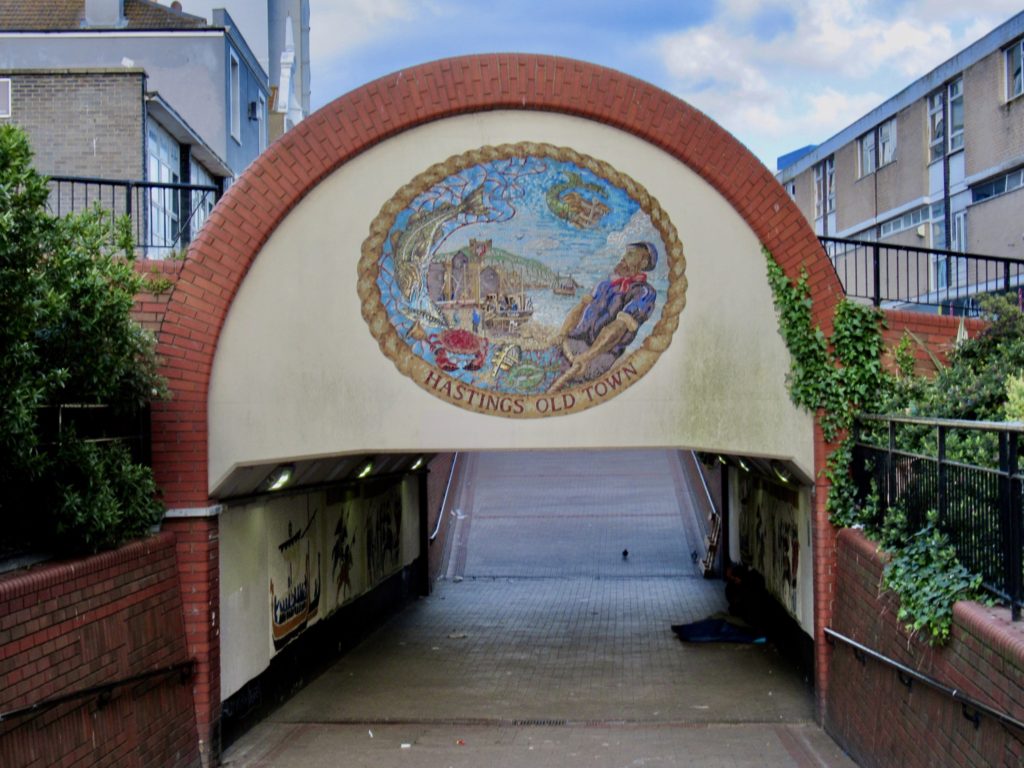
The altered plans included supper in Hastings with Bunny and I going by Foyle’s house for a picture out front. Bunny wavered when she saw it was a couple miles worth of walking. I left the three of them while I went on my quick house visit.

As soon as I left, they witnessed an altercation in the street involving a few drunks and a broken bottle. No blood, no guns, just harsh English words which I’m sure ended with “I said good day, sir.” Nonetheless, they were shook up and went back to the train station to wait for me.
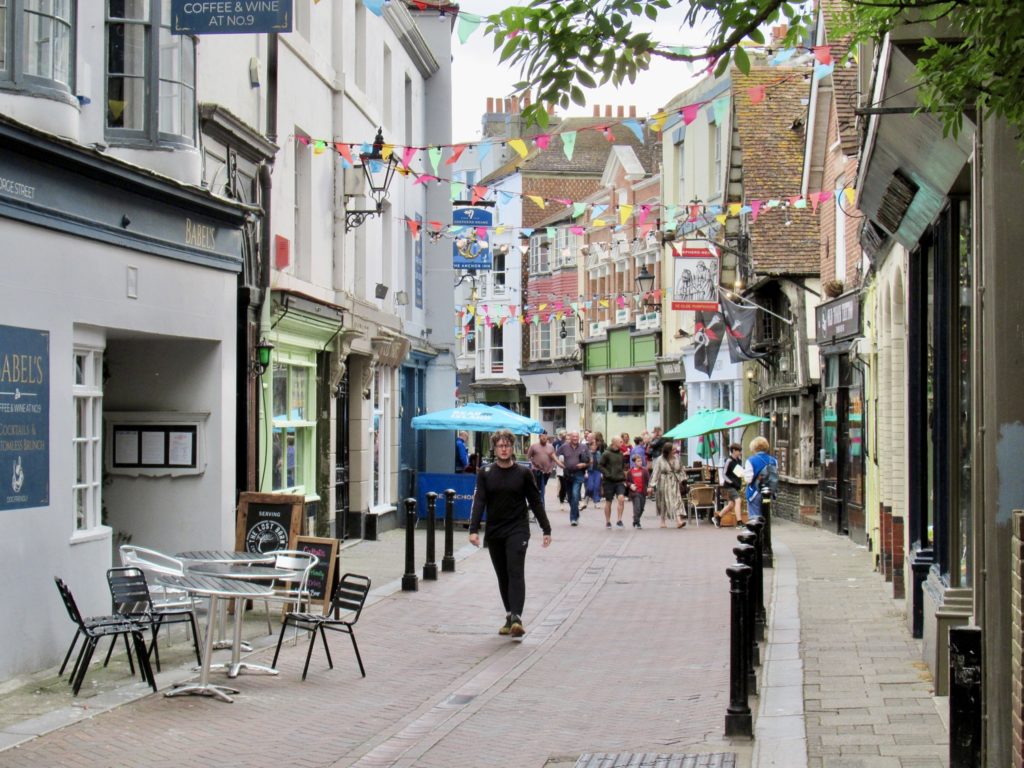
My whirlwind tour included visiting Hastings Castle (closed), Foyle’s house (private residence), walking through old town (charming 4 blocks), and walking along the seaside (think Jersey shore with amusement parks). Hastings is a city of over 100,000 and loses the charm that tiny English villages have. Too many people always leads to the same problems wherever toy are. What we need is a good pandemic to straighten things out a bit.
EFG

